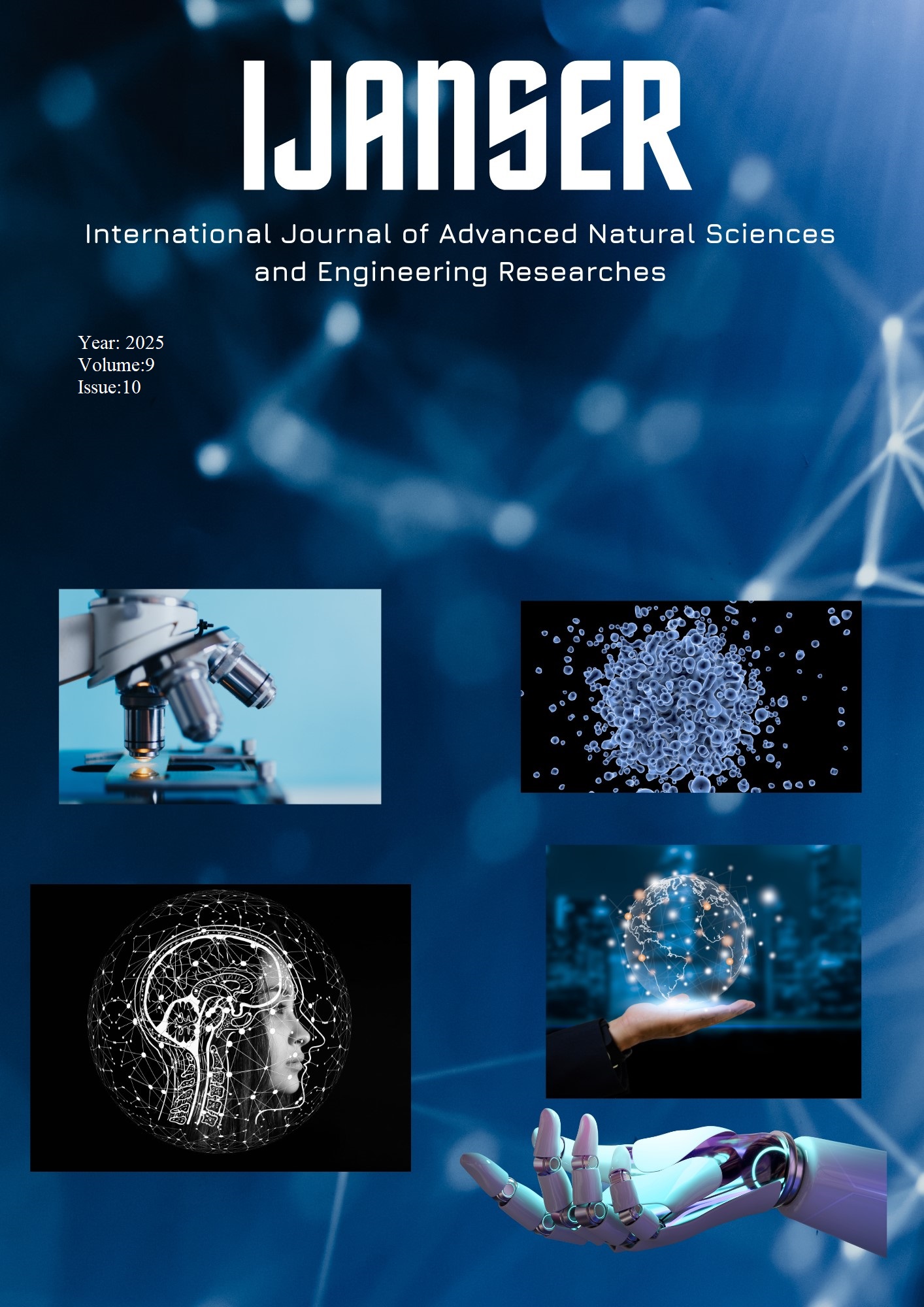Enhancing Customer Churn Prediction in the Finance Sector through Explainable AI and Machine Learning
Keywords:
Customer Churn, Machine Learning, Explainable AI, Explanatory Analysis, FinanceAbstract
Customer churn prediction has emerged as a critical research domain in various industries,
including telecommunications, retail, and finance, due to its significant impact on business profitability,
customer satisfaction, and long-term sustainability. Churn refers to the rate at which customers terminate
their relationship with a company, necessitating the development of accurate predictive models to
facilitate effective retention strategies. In this context, machine learning models have demonstrated
substantial potential by processing large datasets to identify patterns indicative of customer attrition.
However, despite their predictive accuracy, the widespread adoption of these models is often limited by
their lack of transparency, commonly referred to as the “black box” problem. This challenge is
particularly observed in sectors such as finance and risk management, where customer trust is of
paramount importance. Explainable AI (XAI) addresses this limitation by enhancing the interpretability
of machine learning models, enabling stakeholders to comprehend the rationale behind predictions while
maintaining model performance. This study investigates the integration of XAI methodologies into
customer churn prediction models within the financial sector, with a focus on Eminevim, addressing the
challenges posed by complex data and the necessity for actionable insights. The performance and
interpretability of various machine learning algorithms, such as Random Forest, XGBoost, Light-GBM,
and CatBoost are assessed utilizing explainability techniques such as SHAP (Shapley Additive
Explanations). The findings demonstrate that XAI-augmented churn prediction models not only preserve
high predictive accuracy but also enhance transparency, empowering financial institutions to make
informed, data-driven decisions that mitigate customer attrition and promote long-term business
sustainability.
Downloads
References
F. Khalilbayli and Z. Köse, “A Case of Customer Segmentation in the Saving and Finance Industry,” in Intelligent and Fuzzy Systems. INFUS 2023. Lecture Notes in Networks and Systems, vol. 759, C. Kahraman, I. U. Sari, B. Oztaysi, S. Cebi, S. Cevik Onar, and A. C. Tolga, Eds. Cham, Switzerland: Springer, 2023.
A. De Caigny, K. Coussement, and K. W. De Bock, “A new hybrid classification algorithm for customer churn prediction based on logistic regression and decision trees,” Eur. J. Oper. Res., vol. 269, no. 2, pp. 760–772, 2018.
W. Verbeke, K. Dejaeger, D. Martens, J. Hur, and B. Baesens, “New insights into churn prediction in the telecommunication sector: A profit driven data mining approach,” Eur. J. Oper. Res., vol. 218, no. 1, pp. 211–229, 2012.
W. Bi, M. Cai, M. Liu, and G. Li, “A big data clustering algorithm for mitigating the risk of customer churn,” IEEE Trans. Ind. Informat., vol. 12, no. 3, pp. 1270–1281, 2016.
A. Wangperawong, C. Brun, O. Laudy, and R. Pavasuthipaisit, “Churn analysis using deep convolutional neural networks and autoencoders,” arXiv preprint arXiv:1604.05377, 2016.
C. K. Leung, A. G. Pazdor, and J. Souza, “Explainable artificial intelligence for data science on customer churn,” in Proc. IEEE 8th Int. Conf. Data Sci. Adv. Anal. (DSAA), 2021, pp. 1–10.
W. Verbeke, D. Martens, and B. Baesens, “Social network analysis for customer churn prediction,” Appl. Soft Comput., vol. 14, no. 3, pp. 431–446, 2014.
S. M. Lundberg and S. I. Lee, “A unified approach to interpreting model predictions,” in Advances in Neural Information Processing Systems, vol. 30, 2017.
A. Gramegna and P. Giudici, “Why to buy insurance? An explainable artificial intelligence approach,” Risks, vol. 8, no. 4, p. 137, 2020, doi: 10.3390/risks8040137.
A. M. Salih, Z. Raisi-Estabragh, I. B. Galazzo, P. Radeva, S. E. Petersen, K. Lekadir, and G. Menegaz, “A perspective on explainable artificial intelligence methods: SHAP and LIME,” Adv. Intell. Syst., vol. 7, no. 1, p. 2400304, 2025.
K. Lin and Y. Gao, “Model interpretability of financial fraud detection by group SHAP,” Expert Syst. Appl., vol. 210, p. 118354, 2022.
M. T. Ribeiro, S. Singh, and C. Guestrin, “‘Why should I trust you?’ Explaining the predictions of any classifier,” in Proc. 22nd ACM SIGKDD Int. Conf. Knowl. Discov. Data Min., 2016, pp. 1135–1144.
X. Dai, M. T. Keane, L. Shalloo, E. Ruelle, and R. M. Byrne, “Counterfactual explanations for prediction and diagnosis in XAI,” in Proc. AAAI/ACM Conf. AI, Ethics, Soc., 2022, pp. 215–226.
S. Gawde, S. Patil, S. Kumar, P. Kamat, K. Kotecha, and S. Alfarhood, “Explainable predictive maintenance of rotating machines using LIME, SHAP, PDP, ICE,” IEEE Access, vol. 12, pp. 29345–29361, 2024.
H. Guliyev and F. Y. Tatoğlu, “Customer churn analysis in banking sector: Evidence from explainable machine learning models,” J. Appl. Microecon., vol. 1, no. 2, pp. 85–99, 2021.Wireless LAN Medium Access Control (MAC) and Physical Layer (PHY) Specification, IEEE Std. 802.11, 1997.
A. V. Dorogush, V. Ershov, and A. Gulin, “CatBoost: unbiased boosting with categorical features,” in Advances in Neural Information Processing Systems, vol. 31, 2018.
I. Guyon and A. Elisseeff, “An introduction to variable and feature selection,” J. Mach. Learn. Res., vol. 3, pp. 1157–1182, 2003.
A. Géron, Hands-On Machine Learning with Scikit-Learn, Keras, and TensorFlow, 2nd ed. Sebastopol, CA, USA: O’Reilly Media, 2019.
M. Kuhn and K. Johnson, Applied Predictive Modeling. New York, NY, USA: Springer, 2013.
C. Sertkaya, “Tasarruf finansmanı sektöründe makine öğrenmesi tabanlı müşteri segmentasyonu ve ayrılma eğilimli müşteri tahmini,” Int. J. Adv. Nat. Sci. Eng. Res., vol. 9, no. 8, pp. 169–178, 2025.
C. Molnar, Interpretable Machine Learning, 2nd ed. Victoria, Canada: Leanpub, 2020.





